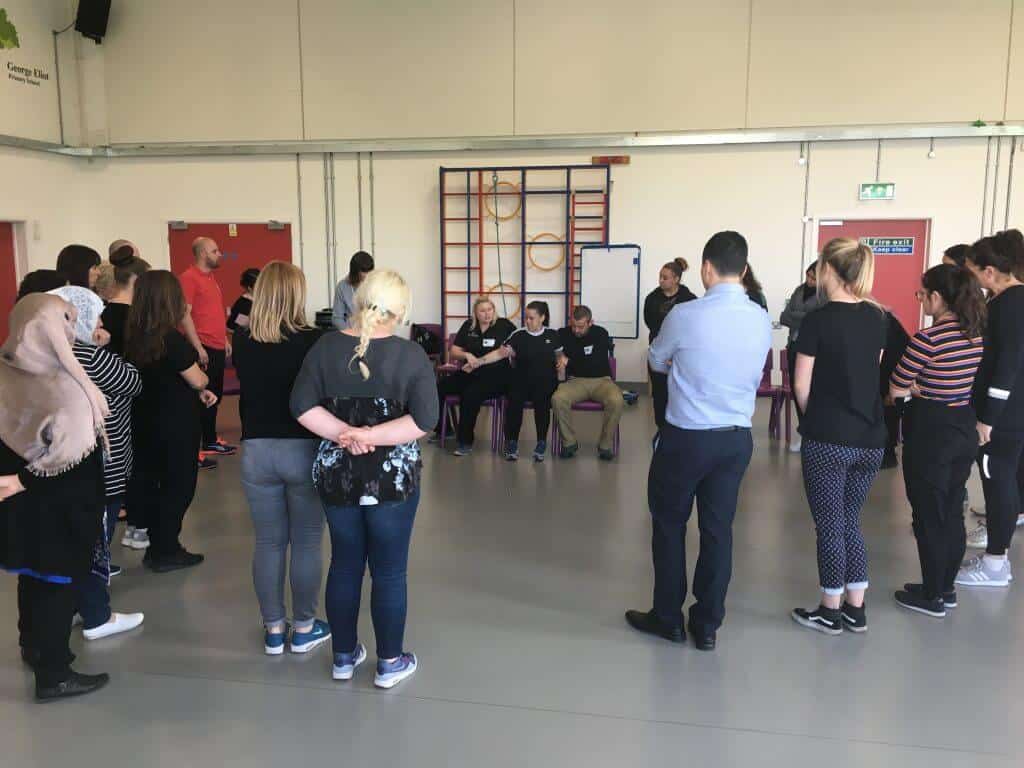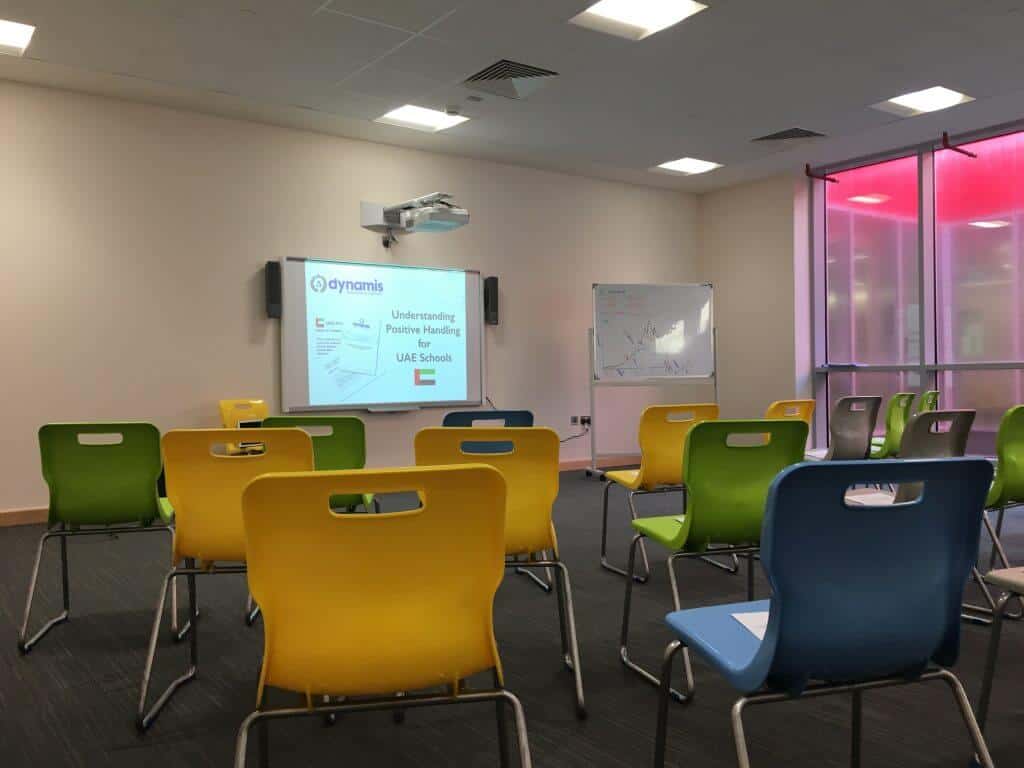The flipped classroom approach is a groundbreaking educational model that has transformed traditional teaching methods. The concept is simple yet powerful: instead of learning new concepts in class and applying them as homework, students are introduced to new material at home and then practice and apply these concepts in the classroom.
The roots of the flipped classroom model can be traced back to the early 1990s, when Alison King published “From Sage on the Stage to Guide on the Side,” which emphasized the importance of active learning. However, the term “flipped classroom” was not coined until the early 2000s by Jonathan Bergmann and Aaron Sams, two high school chemistry teachers. They started recording their lectures for students who missed class and soon realized that the approach allowed students to learn at their pace, freeing up class time for interactive activities that bolstered understanding.

Dynamis and the flipped classroom approach
Dynamis, a conflict management training provider, has adopted the flipped classroom approach to develop highly efficient blended training programmes. Their unique application of this model has resulted in programs that are effective, engaging, and efficient.
Dynamis’s blended learning incorporates online pre-learning sessions where learners are introduced to the theoretical components of conflict management. This pre-learning phase is delivered through their intuitive online learning platform, which allows learners to access the content at their convenience. This phase is equivalent to the at-home learning in a flipped classroom model, where learners gain initial exposure to the material.
Once learners complete the online pre-learning phase, they participate in practical training sessions. These sessions, led by Dynamis’s expert trainers, provide learners with opportunities to practice and apply the concepts they learned online. This mirrors the in-class phase of the flipped classroom model, where students consolidate their understanding through active learning.
Dynamis’s flipped classroom approach allows for more efficient use of face-to-face training time. Instead of spending this time introducing new material, trainers can focus on facilitating interactive activities that reinforce learners’ understanding and enhance their skills. This approach makes training more engaging and increases the retention of information.
Moreover, by enabling learners to access theoretical material online at their pace, Dynamis caters to different learning styles and paces. Learners can revisit the material as needed, ensuring they have a solid understanding before moving on to the practical application.

Conclusion
The flipped classroom model has proven to be a game-changer in the world of education, shifting the focus from passive to active learning. Dynamis has successfully harnessed the power of this model to deliver conflict management training programs that are not only effective but also engaging and efficient.
By blending online pre-learning with practical in-person training, Dynamis ensures their courses are accessible, flexible, and most importantly, beneficial for all learners.


